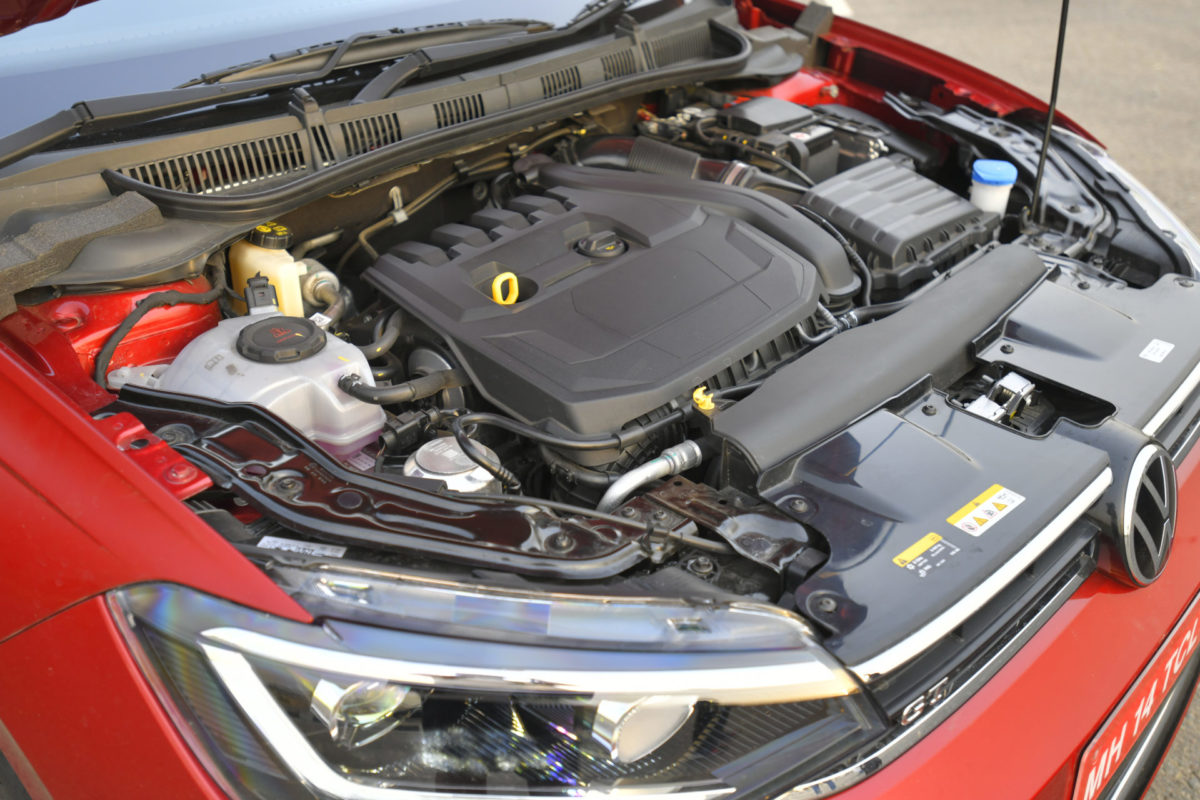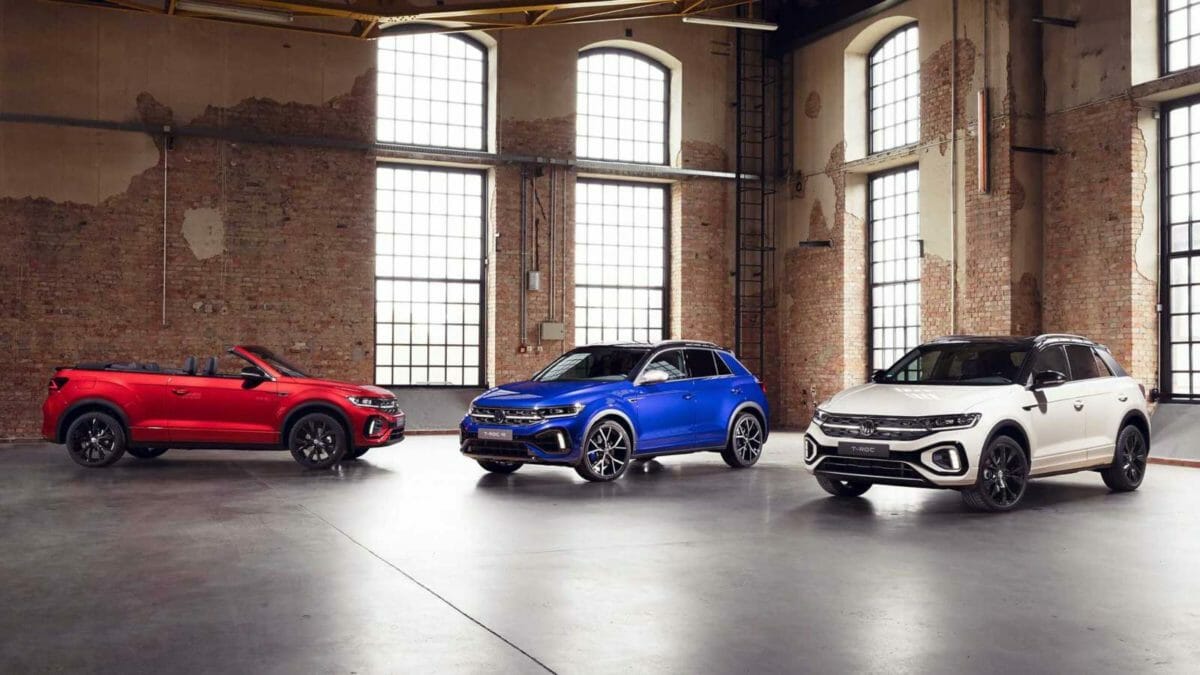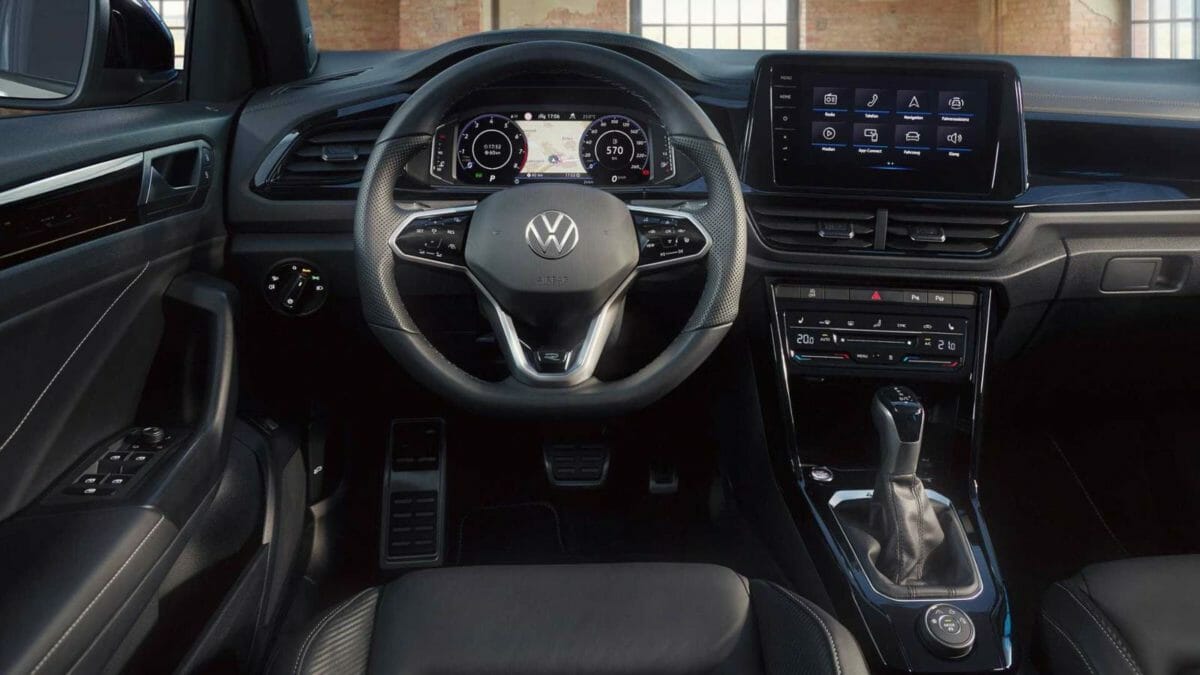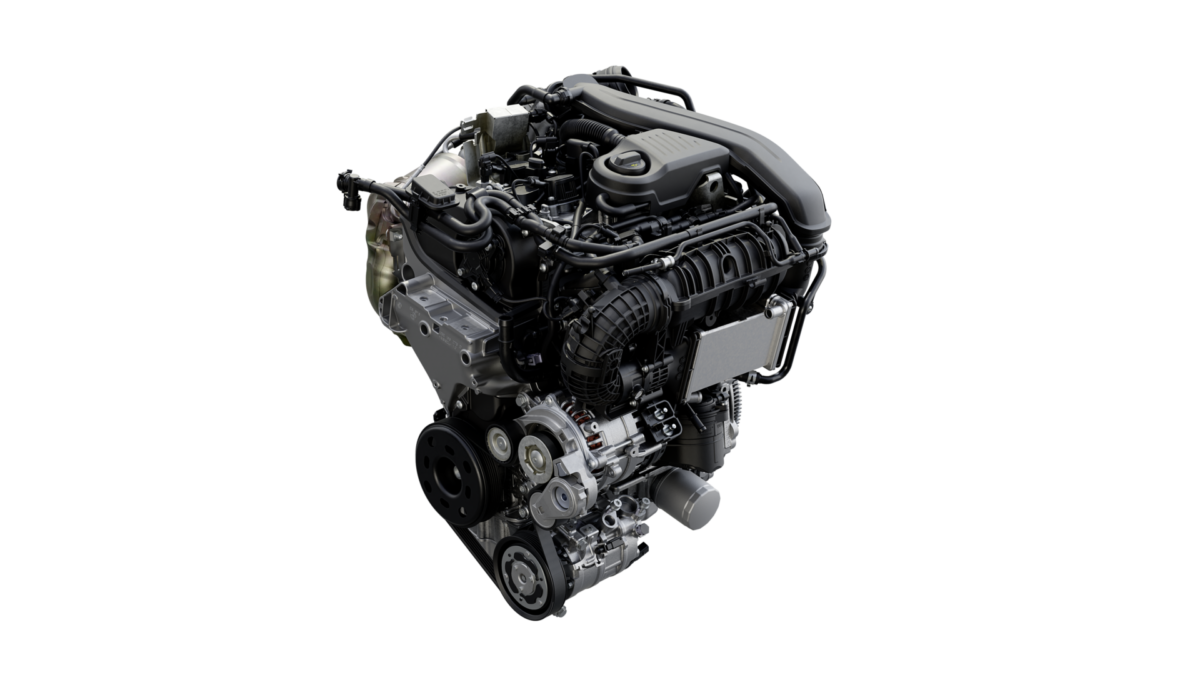The majority of carmakers across the world have almost stopped developing new I.C.E engines due to more stringent emission norms kicking in and the focus on EVs for the future. However, Volkswagen still seems to have been developing new I.C.E engines and the new 1.5 TSI Evo2 is a fine example of it. Why is this engine relevant to the Indian market you ask? Well, this engine may make its way to India and replace the current 1.5 TSI Evo which is found in the Skoda Kushaq, Skoda Slavia, Volkswagen Taigun, and Volkswagen Virtus.

What’s new?
As the name suggests, this is an evolution of the current EA211 1.5-liter turbocharged 4-cylinder petrol engine. The 1.5 TSI Evo2 is much more efficient than before and also greener by moving the three-way catalytic converter and petrol particulate filter in a single emission control module installed near the engine. This enables Volkswagen to not rely upon rare metals for production thus making the company ready for the stricter emission norms that will arrive later in Europe. The Active Cylinder Deactivation technology has now evolved into ACTplus which gets an improved transition from four to two cylinders and vice versa. With ACTplus, the second and third cylinders are not fired when the engine is operating at low and medium loads and speeds.

Though the switchover between the cylinders was hardly ever noticeable before, Volkswagen has improved it even further. The efficiency is increased in the active cylinders, while the middle cylinders simply follow with practically no losses – they are reactivated when the accelerator is pressed again. The TSI evo2 engines are designed for operation with fuels containing ingredients manufactured from renewable energy sources – this also ensures that they are ready to meet future requirements. The engine is also suitable for plug-in hybrid powertrains with a total output of up to 272 PS. This engine will be initially offered with the T-Roc facelift and T-Roc facelift cabriolet in Europe. It will be mated to a 6-speed manual or a 7-speed DSG.

The power output remains the same at 150 hp. The combined fuel efficiency according to the NEDC cycle for the T-Roc 1.5 TSI is roughly between 18.8 km/l to 20 km/l. We expect this engine to make its way to India next year or probably when Volkswagen and Skoda give a mid-life facelift to their MQB AO IN cars. Not to forget that the more stringent CAFE 2 emission norms will be kicking in India from next year which will make the case for this new engine stronger.

